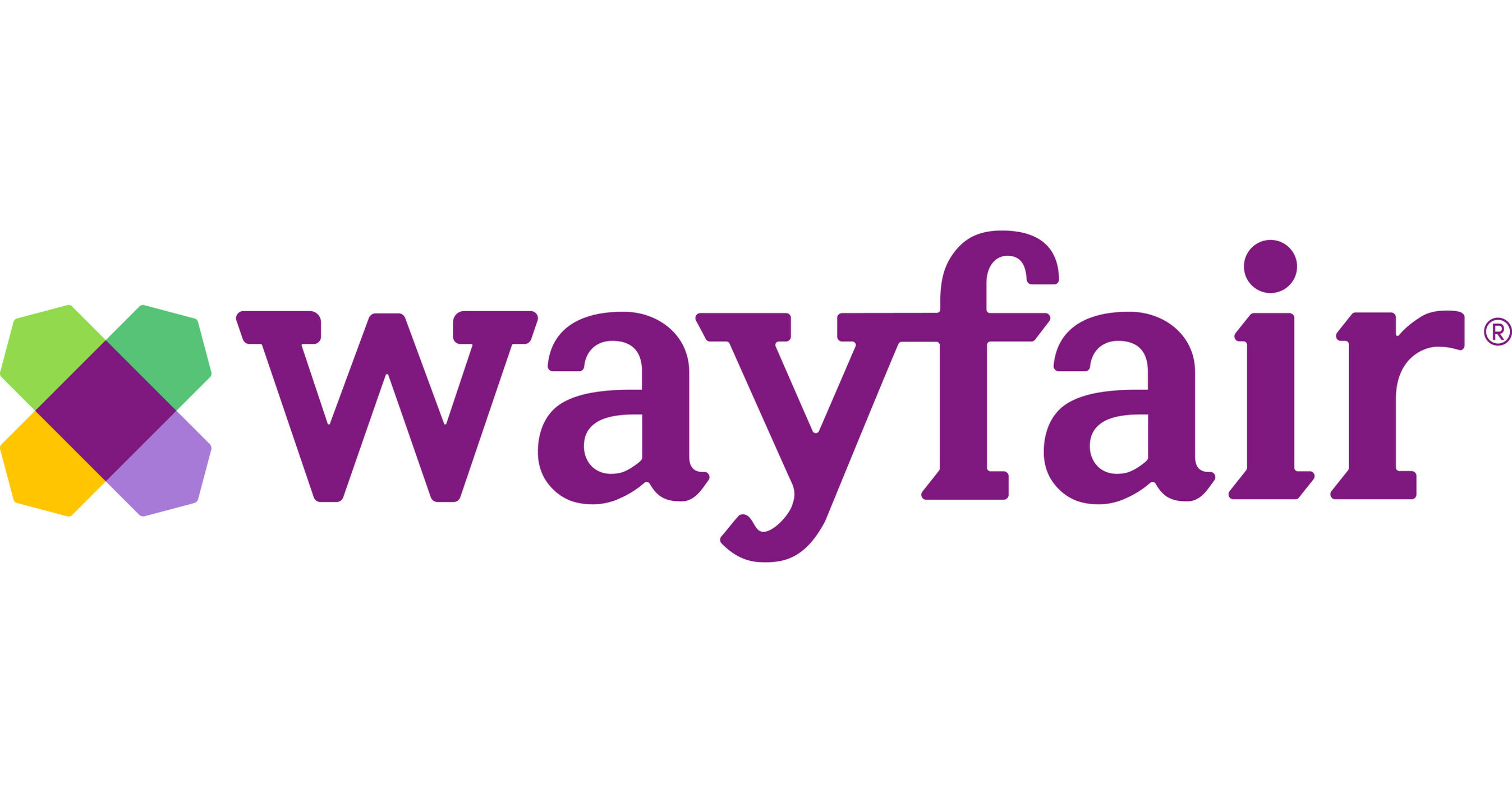
Wayfair reported an earnings per share (EPS) of -$0.60, missing the estimated EPS of $0.13, indicating profitability challenges.
The company’s revenue for Q3 2024 was approximately $2.88 billion, slightly above the estimated revenue, showcasing a positive sales performance.
Financial metrics such as the debt-to-equity ratio of -1.44 and current ratio of 0.84 highlight potential financial management and liquidity issues.
Wayfair Inc. (NYSE:W), a prominent online retailer specializing in home goods, reported its third-quarter 2024 earnings on November 1, 2024. The company, known for its vast selection of furniture and home decor, competes with other e-commerce giants like Amazon and Overstock. Despite its strong market presence, Wayfair’s recent financial performance has raised concerns among investors.
On November 1, 2024, Wayfair reported an earnings per share (EPS) of -$0.60, falling short of the estimated EPS of $0.13. This negative EPS reflects the company’s ongoing struggle with profitability, as highlighted by its price-to-earnings (P/E) ratio of -9.06. The negative earnings yield of -11.03% further underscores the company’s current financial challenges.
Despite the disappointing EPS, Wayfair’s revenue for the third quarter of 2024 was approximately $2.88 billion, slightly surpassing the estimated revenue. This revenue performance aligns with the company’s price-to-sales ratio of 0.41, indicating that investors are paying 41 cents for every dollar of sales. The enterprise value to sales ratio of 0.64 also provides insight into the company’s valuation relative to its revenue.
The earnings conference call on November 1, 2024, featured key company figures such as CEO Niraj Shah and CFO Kate Gulliver. Analysts from major financial institutions attended the call, seeking insights into Wayfair’s strategic direction. Despite the initial rise in premarket trading, Wayfair’s shares experienced a decline, reflecting investor concerns over the company’s financial health.
Wayfair’s financial metrics reveal potential challenges. The debt-to-equity ratio of -1.44 suggests more liabilities than equity, while the current ratio of 0.84 indicates potential difficulties in covering short-term liabilities. The enterprise value to operating cash flow ratio of 24.10 highlights the company’s valuation in relation to its cash flow, emphasizing the need for improved financial management.

